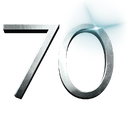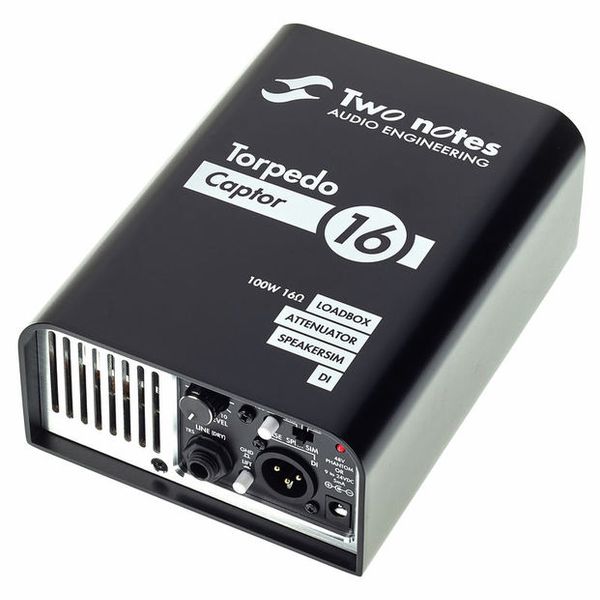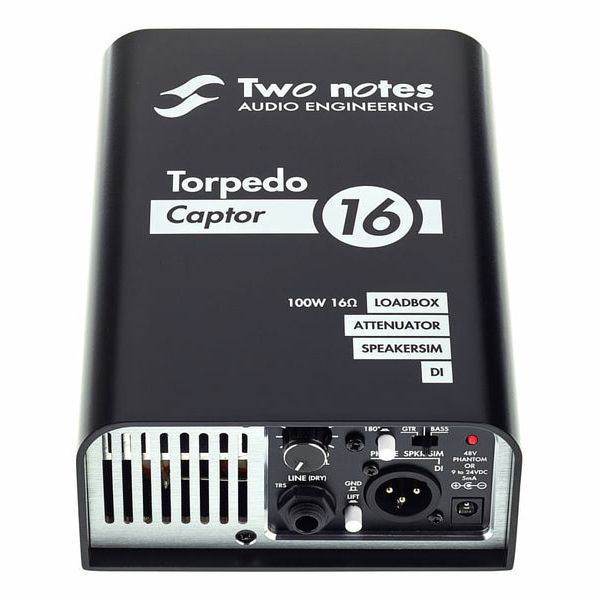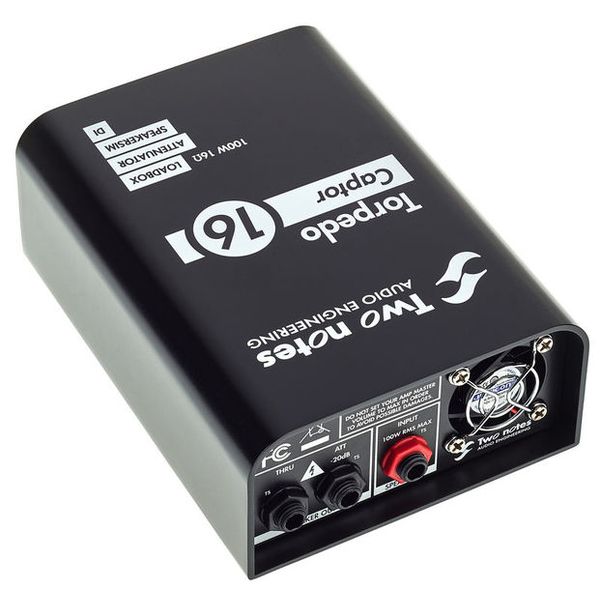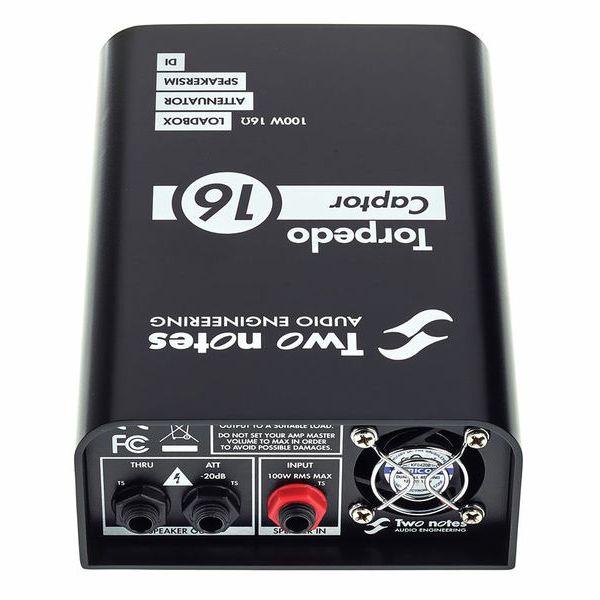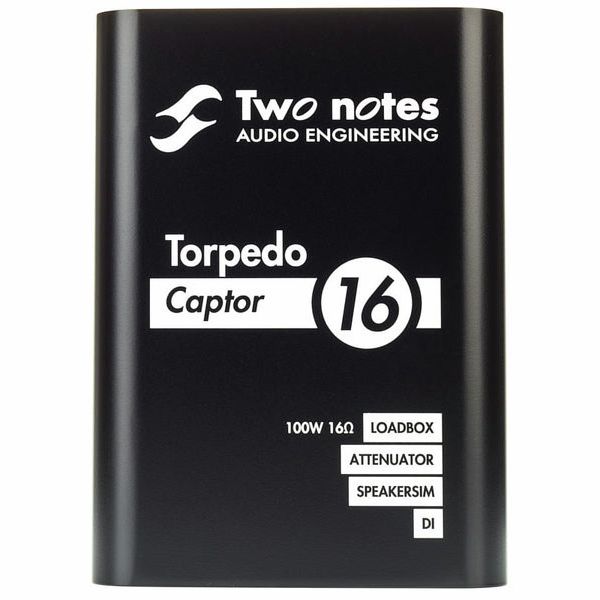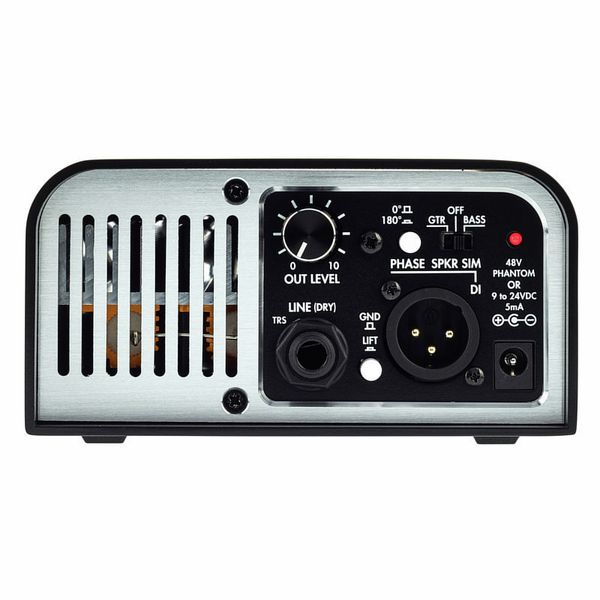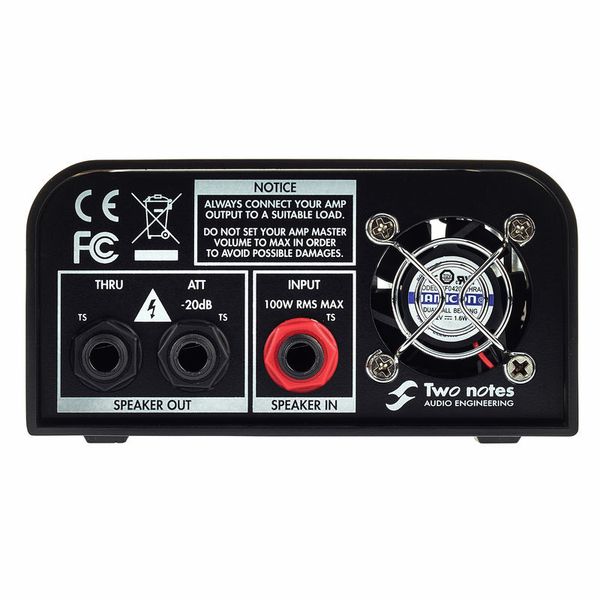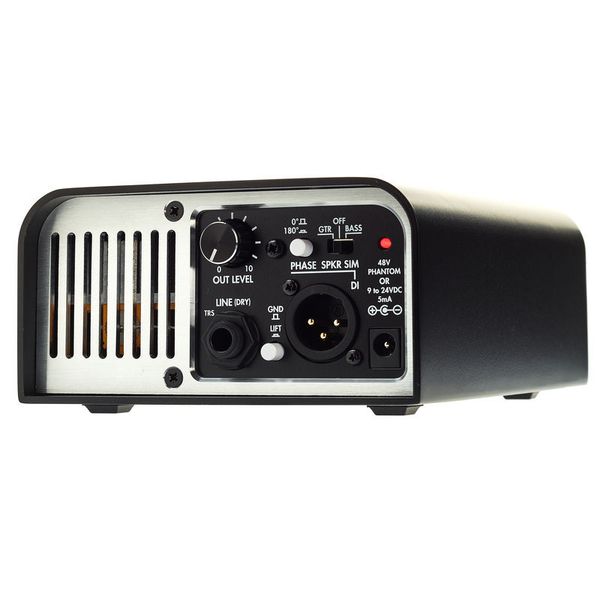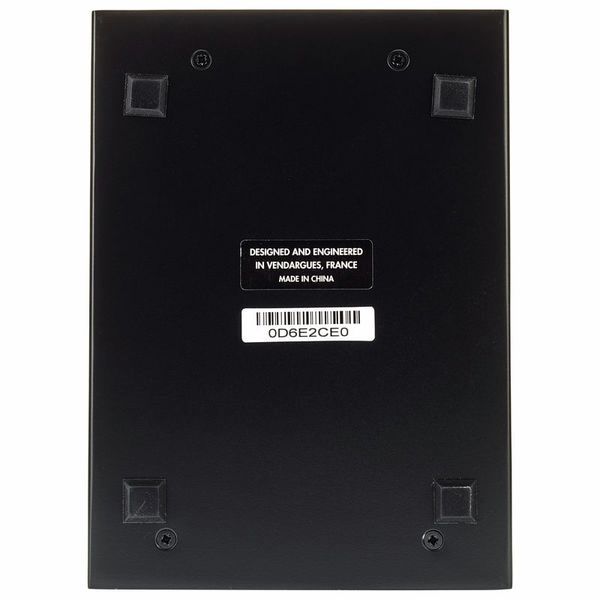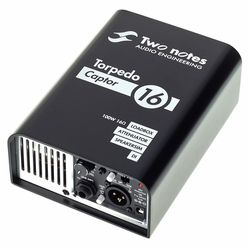Loadbox/Attenuator/Speakersim/DI Box
- All-in-one solution
- For making perfect recordings of guitar and bass sounds, on stage and in the studio
- Reactive load resistance
- -20 dB power reducer
- Analogue speaker simulation
- DI Box
- 16 Ohm version
- Maximum amplifier power: 100 W RMS
- Fan-cooled
- Solid metal case
- Compact size
- Perfect for pedalboards
- Front panel: Control for output level, switch for ground lift, instrument and phase, sockets for line output, balanced DI output & power adapter (9 - 24 V DC/5 mA - power supply not included)
- Rear side: Sockets for Speaker Thru, Speaker Attenuator & Amplifier Input
- Includes GENOME with 5 DynIR captures, 40 microphones, 12 pedals, 12 TSM amps, 17 STUDIO FX, 40 AI amp captures and an expert-selected RIG library
- Dimensions: 175 x 126 x 62 mm
- Weight: 1 kg
Available since
September 2017
Item number
415491
Sales Unit
1 piece(s)
Effect Types
Multi Effect
Impedance
16
Channels
1
Active / Passive
Active
DI Interface
1
Speaker Simulation
1
Dummy Load (usable without cabinet)
1
Gnd/Lift switchable
1
Powered by battery
1
Show more
This is what customers who viewed this product bought
-
Two Notes DI Boxes at a glance
-
Display DI Boxes from $ 180 - $ 220
-
Go to product group DI Boxes
-
Go to product group Guitar Amp Attenuators
-
Go to product group Miscellaneous Guitar Effects
-
Go to product group PA Accessories
-
Go to product group PA Equipment
-
Show manufacturer details for Two Notes
-
Two Notes PA Equipment at a glance


